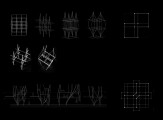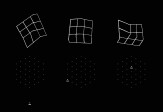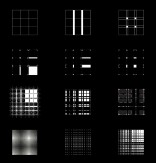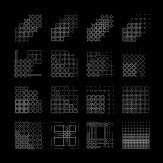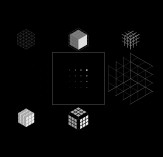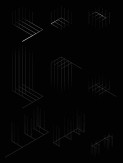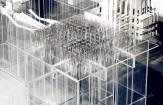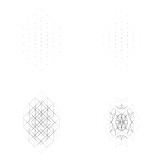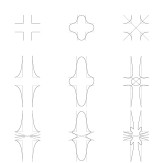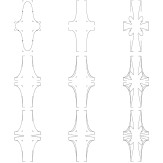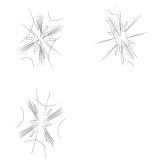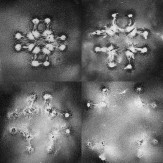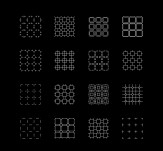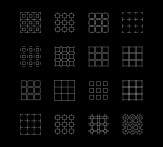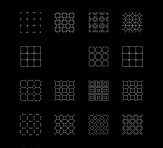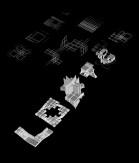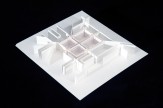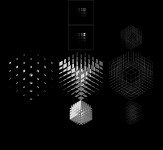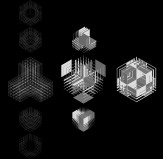Fall 2012
Professors Pablo Lorenzo-Eiroa, Katerina Kourkoula, James Lowder
Towards the Definition of Space III: Redefining the Relative
Many of the contemporary canons, in reaction to the architecture of the previous decades, have resulted in the abandonment of the engagement of spatial structures. These seemingly formally diverse yet structurally stable displacements are based on a non-conceptual differentiation. Post-structuralist theories broke away from the philosophical premise of deconstruction in order to develop a full decomposition of any assumed disciplinary fundamentals. These tendencies have been lately hiding deep conceptual structures in favor of superficial perceptual structures. Media advanced a sensibility and education in society towards the understanding of a visual logic and was highly beneficial to architecture, which bases its logic in form, accessible both through optic and tactile senses in a field identified as a visual art. But the visual has exhausted its capacity to be critical, since media has progressively been hiding underlying rigid protocols ensuring mass control, separating visual appeal and affection from the underlying structures that have been engineered to manipulate behavior. The solution is to articulate different levels of information in a project to achieve a higher architecture performance. A necessary critical attitude rethinks the relationship between structuralism and post-structuralism, disclosing deep structures to the foreground and addressing their role in qualifying bodily affection.
Concepts of systems, parametric design, and some of the questions that algorithms raise were discussed as students constituted systems and induced displacement to these linear cognitive structures. These systems aimed to displace their origin structures and the dominant stable domestic typologies through different definitions of topology. The studio proposed a space suspended in tension between topological displacements challenging their absolute stable referential Cartesian coordinate system. A space defined as Cartopological.
Design II studio developed an un-house for a divorced couple departing from a canonical nine square grid organization. These informed constructions defined both the physical qualities of each project as they engaged materiality in their own terms, and ultimately the form of an entire class wide landscape.
